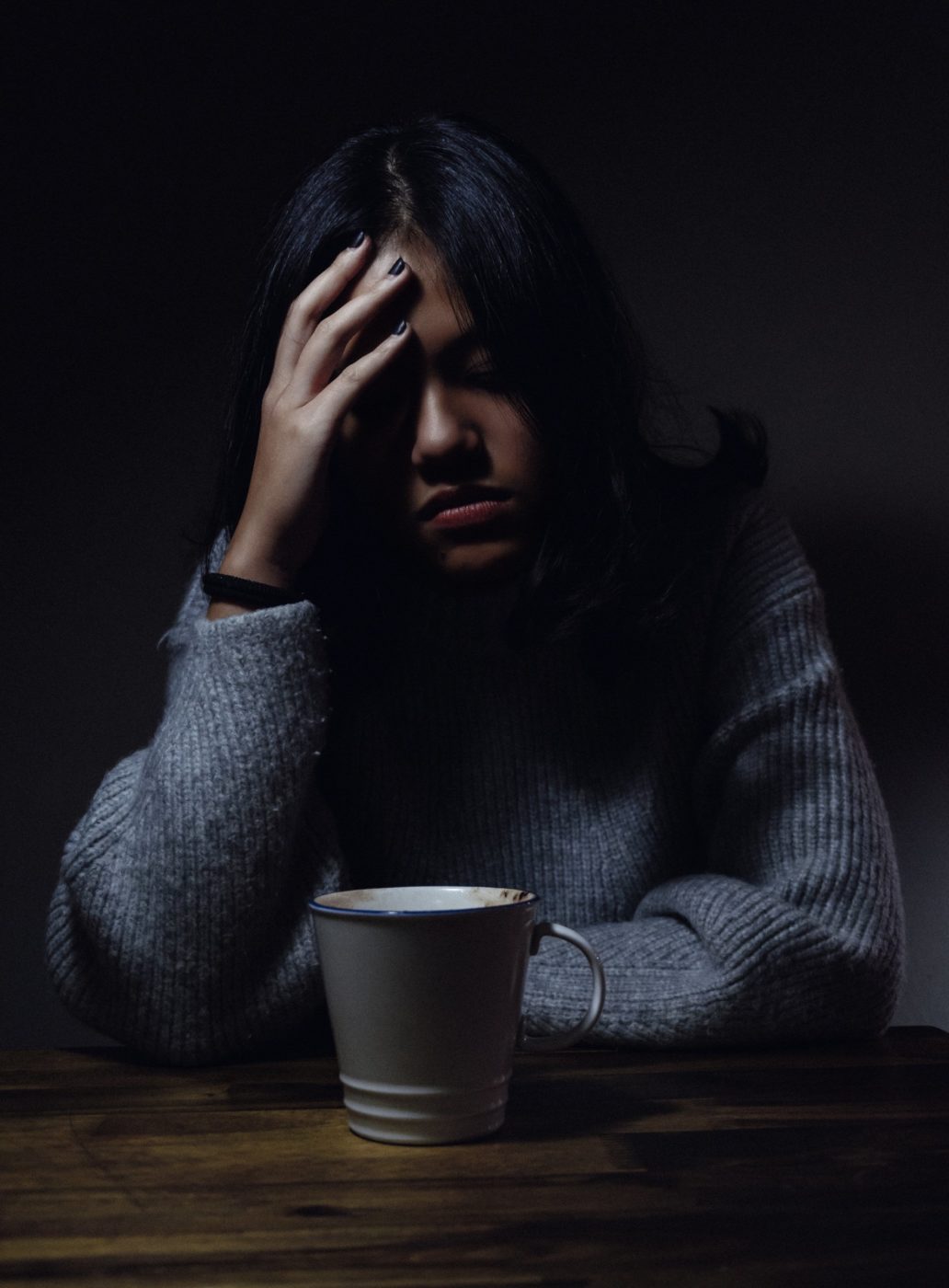
How to Fight Seasonal Affective Disorder and Have a Thriving Winter
Keep the symptoms at bay with simple strategies
In this guest blog by Kimberly Hayes, Chief Blogger at Public Health Alert, we explore strategies to cope with SAD.
publichealthalert.info
If you don’t know what seasonal affective disorder (SAD) is, it is a type of depression that happens most often from late autumn through the winter months. It is more common with women than with men. The exact causes of SAD are yet to be determined, but many doctors believe it is connected to the fact that the change of seasons and decreased sunlight can disrupt the body’s internal clock, as well as cause a drop in serotonin and melatonin levels.
If you’re part of the 4 to 6 percent of people who suffer from seasonal affective disorder (SAD)—or part of the 20 percent that experience mild SAD—you may have recently begun noticing the symptoms. Perhaps you’re battling depression throughout the day, losing interest in activities and/or food, feeling irritable or drained of energy, having difficulty focusing, or having trouble sleeping. If your case is severe, maybe you’re even struggling with suicidal thoughts. However severe your case, SAD should not be taken lightly, because it can progress if not treated. Fortunately, there are ways to combat SAD and thrive through the winter months:
Play a sport.
Exercise is one of the best ways to fight SAD, just as it is with other forms of depression. One of the most enjoyable ways to exercise is to take up a sport. While individual sports are a great way to build your self-esteem and sharpen your focus, participating in team or family sports can provide camaraderie. Even if you need to purchase some athletic gear or apparel, it’s well worth the investment when you consider the benefits to your mental health.
Get outside.
One primary cause of SAD may be lack of sunshine, so making sure to get outdoors can do wonders for lifting your mood. Take advantage of when the sun is out during the short days, even if it means just taking a brief neighborhood stroll in the afternoon. It can also help to keep your curtains drawn and/or blinds open to let natural sunlight in when you’re inside.
Practice self-care.
Another way to fight SAD is to implement self-care practices in your daily life. This means taking care of basic necessities, such as following a nutritious diet, keeping to a steady sleep routine, and maintaining personal hygiene. It can also include making room for relaxing activities, like meditation and reading. Self-care is often neglected or abandoned by people when they get busy with life’s responsibilities, but making time for it—especially during the winter months—is essential for maintaining a healthy perspective and overall wellness.
Try light therapy.
Along with exposing yourself to natural sunlight, consider getting a light therapy lamp or box. These devices simulate sunshine, are much brighter than regular light bulbs, and can stimulate your body’s internal clock. Beginning your day by sitting in front of a light therapy device for 30 minutes can significantly help you recover from seasonal depression.
Try essential oils.
Aromatherapy with essential oils can also stimulate your body’s internal clock. This can give you a boost in mood, increase your appetite, and promote deeper sleep. Adding essential oils to a warm bath in the evening can be an effective method of decreasing symptoms of SAD.
Write daily.
Keeping a journal has long been an outlet for expressing all kinds of emotions. When you put your thoughts and feelings on paper—both things that concern you and things you are grateful for—it can have a positive effect on your mood. Whether it’s when you first wake up or right before bed, writing for 15-20 minutes each day can significantly reduce stress, anxiety, and depression symptoms.
If you struggle with seasonal affective disorder, know that you’re not alone and that it can be treated. Try picking up a sport to get your exercise in, and remember to practice self-care each day. Expose yourself to natural sunlight when possible, and look into purchasing a light therapy device. Furthermore, consider making aromatherapy with essential oils and writing in a journal part of your daily routine.
Most importantly of all: Don’t take SAD lightly, and be sure to act now by treating it.
